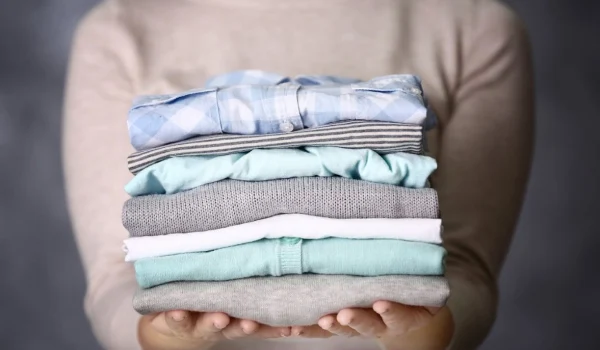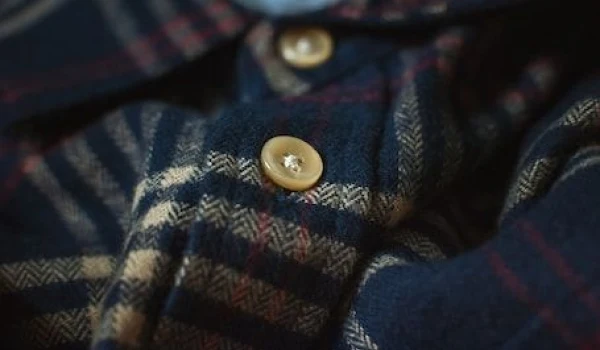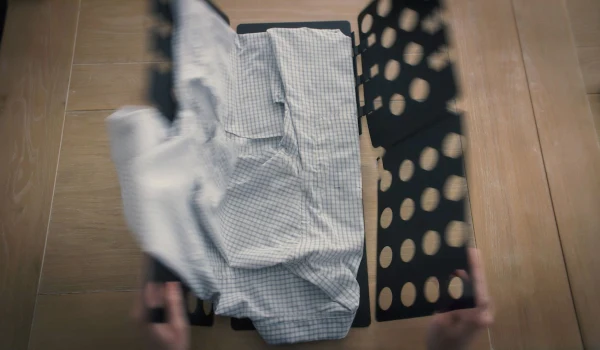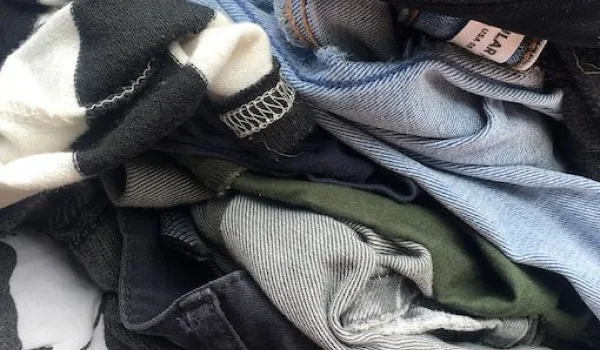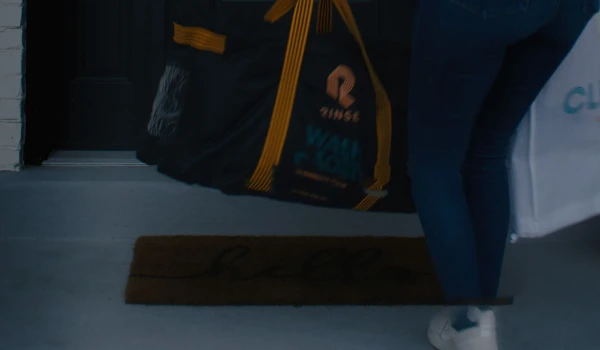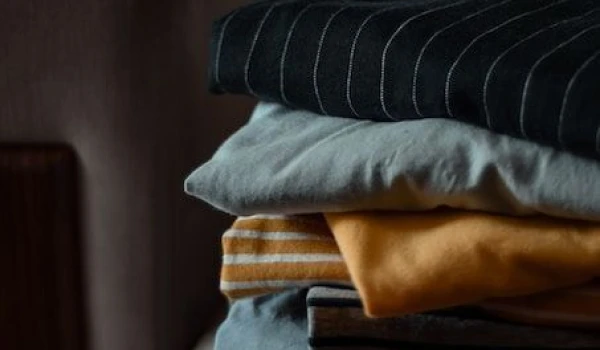Introduction
The backpacking season is around the corner, and your family is one known for adventure. But before you can embark on that great quest, you need to prepare the camping gear.
The sleeping bag is possibly the most essential must-have for an outdoor experience, which is why washing and drying it in time is necessary. Ideally, you should wash it once a year. But if you're a camping enthusiast, you'll need to wash it more frequently.
A clean sleeping bag is not only hygienic but will also provide you with much-needed comfort after a long day of being in the wilderness. Let's teach you how to wash a sleeping bag so that you never have to come back to a sleeping bag with a nauseating blend of body sweat and the remnants of the last trip's mishaps.
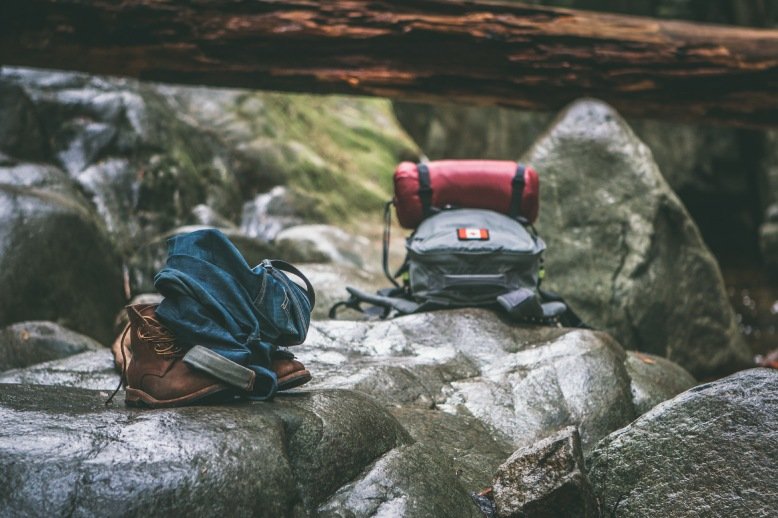
Things To Know Before Washing
Sleeping bags are expensive. You don't want to throw hundreds of dollars down the drain (quite literally) by simply throwing a sleeping bag in a front-loading washer and calling it a day.
Instead, check the sleeping bag's label for washing instructions. If your sleeping bag has a down filling, it would need a special detergent. The Nikwax Down Wash is an excellent example since it's mild and won't damage the feathers.
It's okay to machine-wash most sleeping bags. However, don't wash yours in a top-loading machine, especially one with a center agitator. The agitator can damage the sleeping bag's baffles, which are small compartments that lock in the down.
Another thing to keep in mind is not to use a fabric softener. Do not use chlorine bleach, or any bleach for that matter, either. These chemicals affect the bag's water repellency and insulation.
Even if you have a washing machine or dryer at home, you might want to take a trip to the laundromat if your washer's capacity is too small – a sleeping bag needs room to move around.
As for hand washing, it's possible to hand wash a sleeping bag. However, it's a time-consuming process. Be prepared for an hour's worth of grueling work.
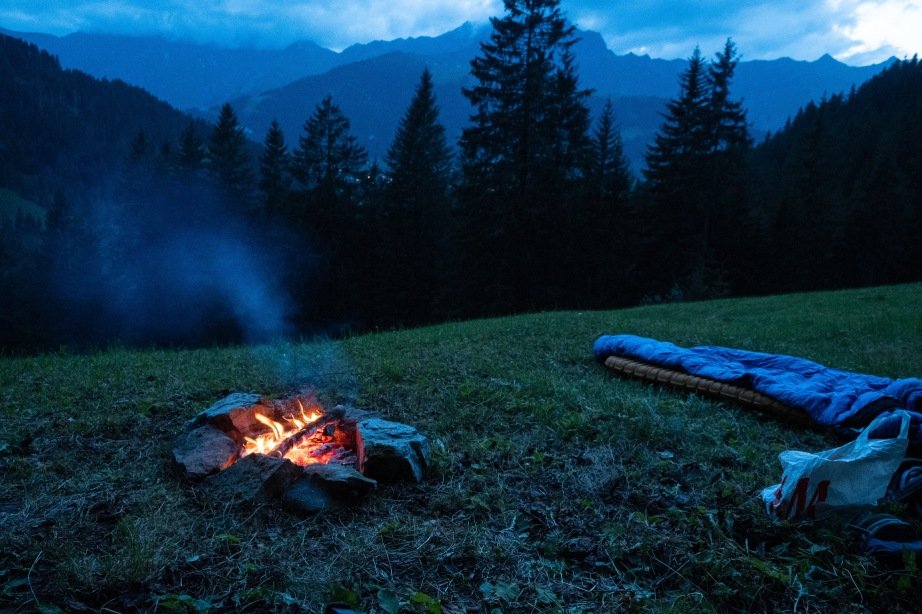
How to Machine-Wash a Sleeping Bag
Machine washing a sleeping bag isn't too tricky. Start by gathering the following materials: laundry detergent and tennis balls (or dryer balls). Now, you're all set to follow these steps.
Preparing the Washing Machine
If you're familiar with the washing machine cycles, you're golden. But if you're not, check out our guide here.
For a sleeping bag, set the washing machine on a permanent press or gentle cycle. Since these cycles are relatively gentler, they're perfect for the sleeping bag's delicate materials.
Don't wash anything else with the sleeping bag. Putting other clothes in the machine can cause friction. It also takes up space the sleeping bag needs to move around.
Adding a Suitable Detergent
Choose a gentle, non-bio detergent for your sleeping bag. Avoid using too much because it can build up, creating a breeding ground for mold and malodor. If the sleeping bag has stubborn stains, you can spot-clean them before machine-washing. Just be careful not to overdo it with the detergent.
Most sleeping bags have synthetic insulation. It is made of polyester fibers that are ideal for people with allergies and are relatively easy to clean. A general-purpose detergent can be used here. However, use a gentle laundry detergent if you have a down or natural-filled sleeping bag. Read the detergent label to see if it's suitable for down-filled products.
Using a standard laundry detergent for down-filled sleeping bags can result in clumping. It may also reduce the loft of the sleeping bag, which is a fancy way of saying its air-trapping ability will be lessened.
Washing the Sleeping Bag
Wash your sleeping bag in lukewarm or cold water. The permanent press cycle has a low final spin speed, which helps remove excess water from the sleeping bag. However, if the sleeping bag is still too wet, you can run it through another spin cycle.
Drying the Sleeping Bag
Remove the sleeping bag from the washing machine and put it in the dryer on low heat. You can also put in a dryer ball or a tennis ball to aerate the bag. A dryer ball also prevents clump formation by breaking up the fiberfill.
If you don't have a big enough dryer, you can air-dry your sleeping bag. Lay it out flat or hang it up outside to dry. Reposition it a few times during the day so that it dries evenly.
If you choose to air dry your sleeping bag, make sure it is completely dry before storing it away. Any remaining moisture can lead to mold or mildew growth, which can ruin the bag's insulation and create an unpleasant odor.
How to Hand Wash a Sleeping Bag
You don't necessarily need a washing machine to wash a sleeping bag. If you have a bathtub and no-rinse detergent, you can clean it by hand. Here are the steps:
Preparing the Cleaning Solution
Fill a bathtub with lukewarm water. Alternatively, you can use your little one's pool or a large basin. Add a mild no-rinse detergent, following the manufacturer's instructions.
Soaking the Sleeping Bag
Soak the sleeping bag in the solution, ensuring it is fully submerged. Agitate the bag with your hands so that the detergent can penetrate the fabric and remove dirt and odors.
Let it soak for at least an hour or longer if needed.
Rinsing the Sleeping Bag
Rinse the sleeping bag with clean water until all the soap is removed. You may need to rinse it multiple times to ensure there is no residue left behind.
Don't wring the sleeping bag, though. You'll end up damaging the fabric and possibly ruining the insulation.
Drying the Sleeping Bag
Again, you can dry the sleeping bag outside on a clothesline or a drying rack. If you want to use a dryer, set it at a low heat setting.
When air-drying, do it in a well-ventilated area to avoid mildew growth.
After you've dried the sleeping bag, the next step is to store it properly. For that, you have first to ensure the bag is completely dry. It should not have even a slight dampness to it.
Next, stuff the sleeping bag in the storage sack that came with it, or use a large, breathable bag to store it. It's best to use a mesh or cotton sack.
Make sure the bag is not compressed too tightly, as it can damage the insulation. Store the bag in a cool, dry place away from direct sunlight and extreme temperatures.

Treating Sleeping Bag Stains
When you're out in nature, your sleeping bag is the abode you come back to every night. Your muddy clothes and sweaty skin rub against the fabric. You may even eat in your sleeping bag, and spills are bound to happen. So, it's a mixture of dirt, body oil, food, and beverages soiling the fabric.
It's best to spot-clean these stains before you wash the sleeping bag. An enzyme-based stain remover works well on protein-based stains like sweat and food. Here's how to use it:
-
Rub the solution into the stain with a soft cloth or brush.
-
Let it sit for about 15 minutes, then rinse thoroughly with clean water.
-
Repeat the process if needed.
Some sleeping bags also have waterproof liners. If yours does, you can simply remove the sleeping bag liner and wash it separately.
Oil-Based Stains
For oil-based stains like body oils and lotions, a degreaser works best. A degreaser works by breaking down the oils, making them easier to remove. You can find degreasers at most outdoor or hardware stores. To use a degreaser on your sleeping bag:
-
Apply the degreaser to a soft cloth and rub it onto the stained area.
-
Gently scrub the stain with a soft brush or cloth.
-
Rinse thoroughly with clean water.
Bloodstains
A regular detergent may not do much if there's a bloodstain on your sleeping bag. Use this method instead:
-
Make a solution of two parts water and one part vinegar.
-
Pour it on the stain.
-
Let it sit for 20 minutes.
-
Blot with a damp cloth or rinse with water. Don't scrub the surface, as it may damage the fabric.
-
Repeat until the stain disappears.
Depending on the material your sleeping bag is made of, this method may or may not work. If it doesn't, you can also try this technique:
-
Put the bloodstained area under cold running water and let it soak.
-
Apply an enzyme detergent to the stain and let it sit for 30 minutes.
-
Rinse with cold water and repeat if necessary.
You can use a mixture of hydrogen peroxide and water for tougher stains. In this case, put the detergent onto the stain and then soak it in a tub of water with a cup of oxygen bleach.
Always check the care instructions for your specific sleeping bag before trying any stain-removal method. If you're unsure, spot-test a small, inconspicuous area first to ensure the fabric won't get damaged.

Specialized Cleaning for Ensured Comfort
Washing bulky items like sleeping bags, towels, and bedsheets can be a hassle. It also eats up too much of the time in your day — the time you could instead use for a hike.
Fortunately, professional cleaning services like Rinse can take this task off your hands. Since we understand the art of washing delicate and bulky items, you can rest assured that your sleeping bag will be cleaned perfectly without damaging the fabric.
Remember, keeping a sleeping bag clean is not just important for the aesthetic appeal but for your health, too. A dirty sleeping bag can harbor bacteria, mold, and mildew, causing allergies and respiratory problems. So, it's best to let a professional washing service handle this delicate task.
Even better, you don't have to drop your sleeping bag anywhere. Rinse will come collect it from your doorstep, clean it, and deliver it back to you right when you need it. Convenient, isn't it?
Contact us at Rinse today to see our skill in action.



